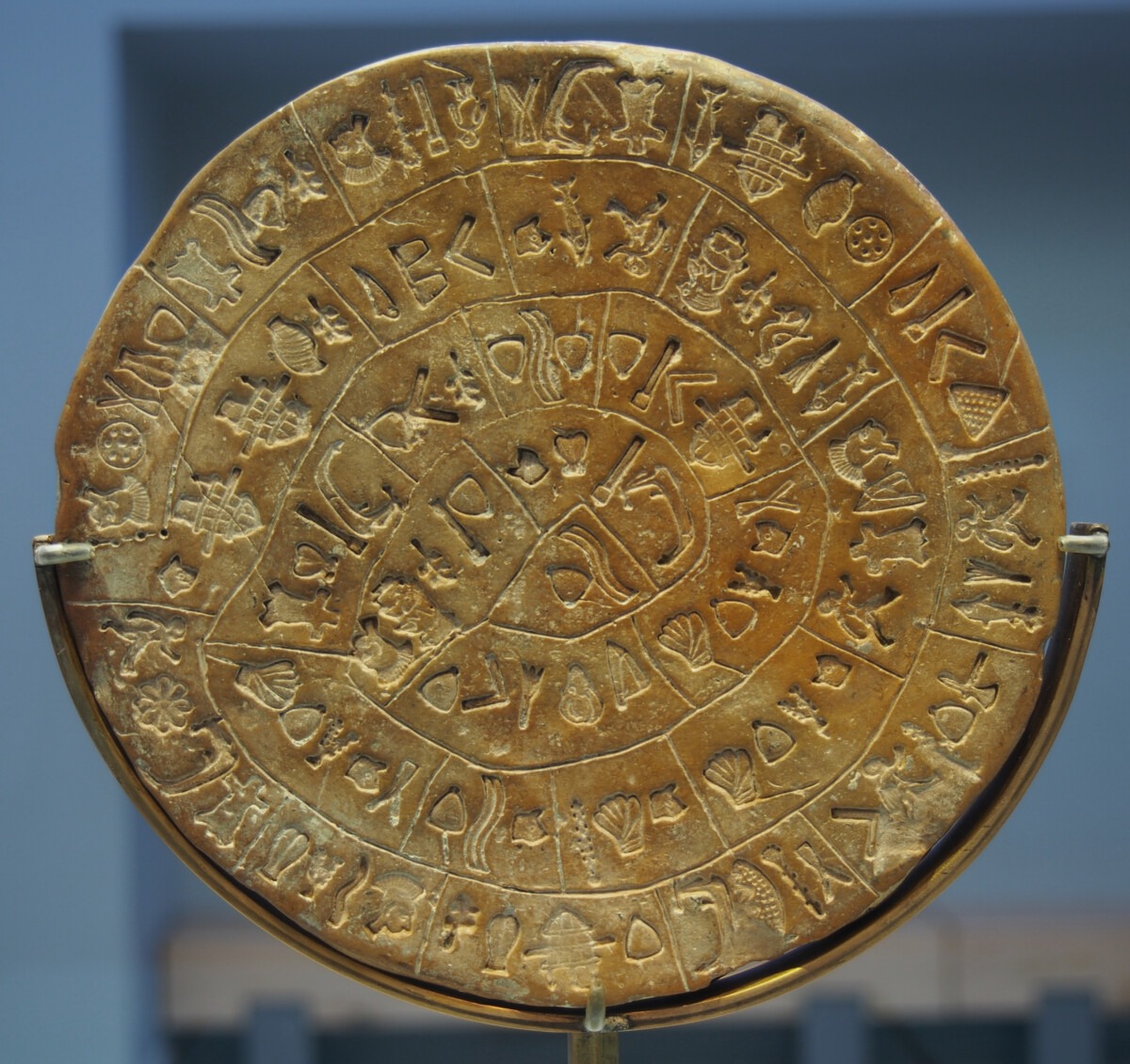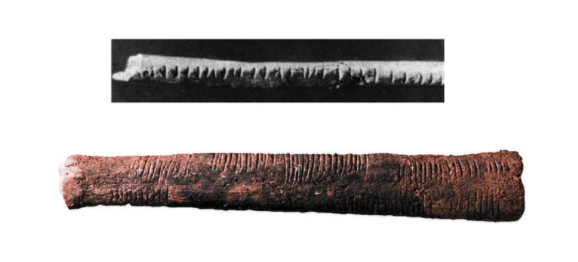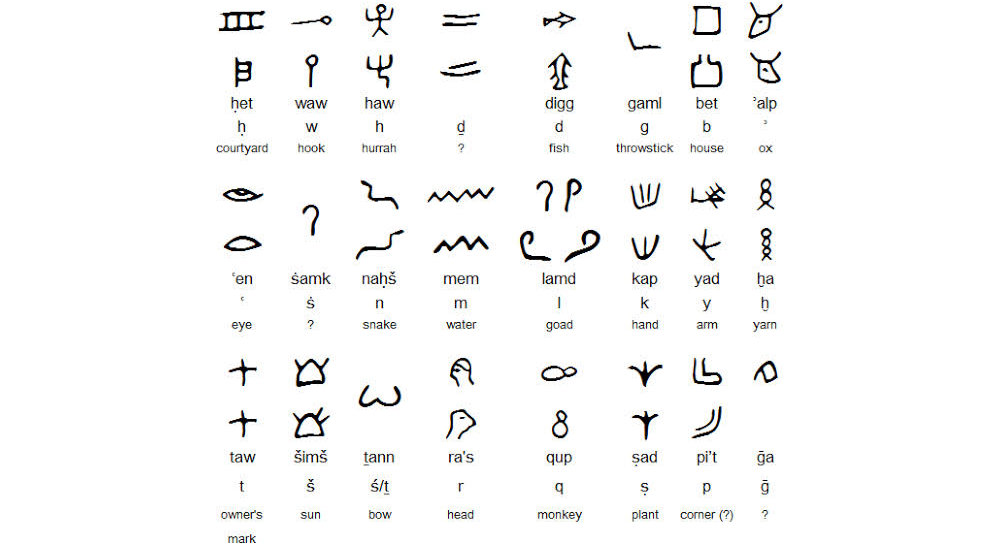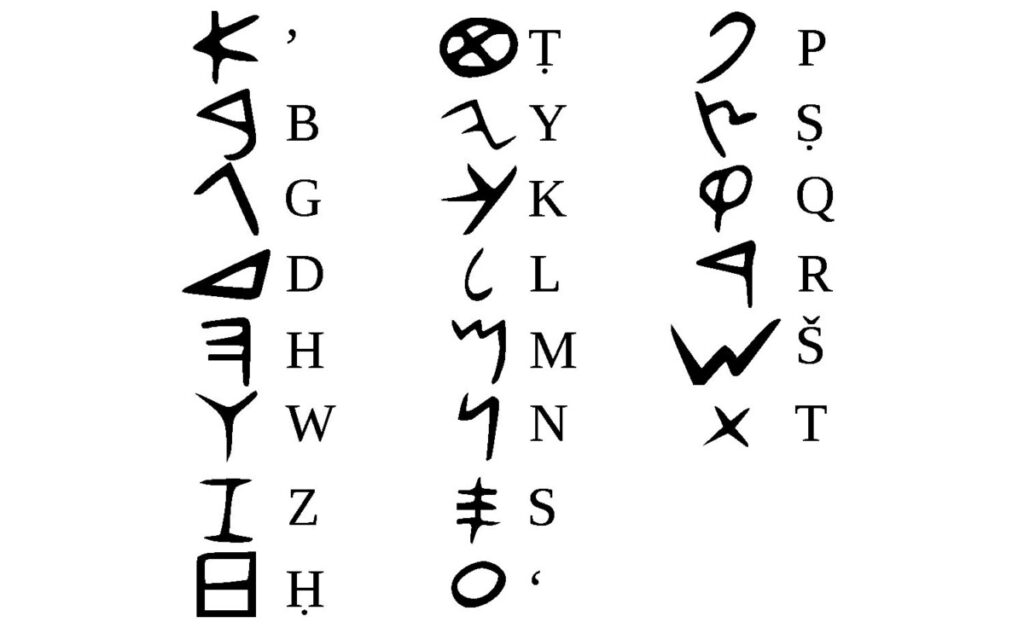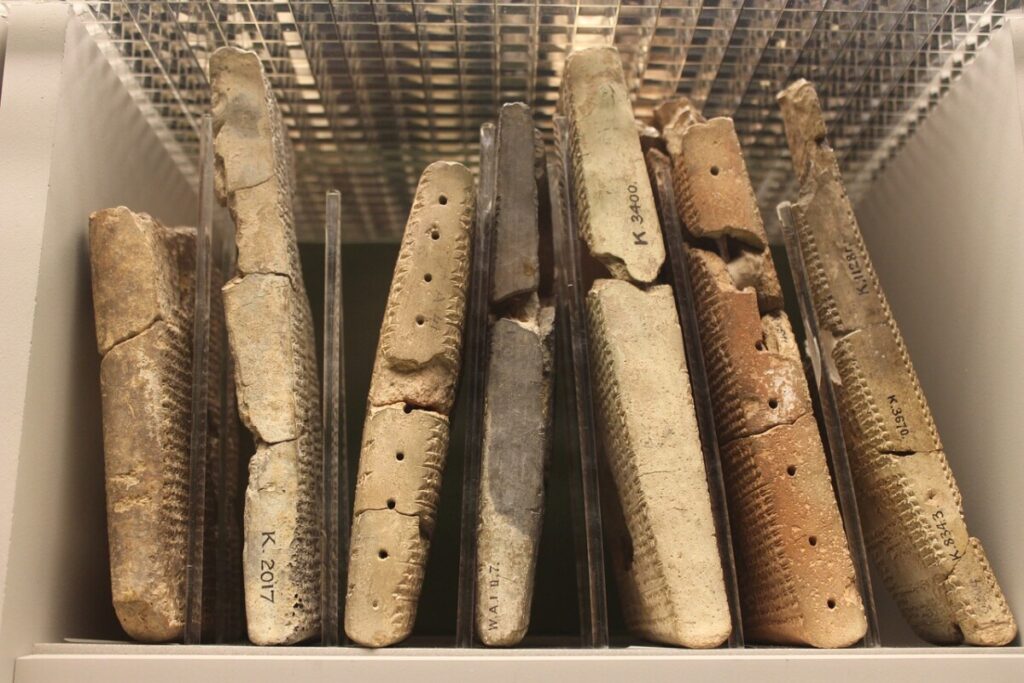Olmec Hieroglyphs: Mexico
Earliest known writing in the Americas zone. The Olmec civilization flourished in what is now the southeastern part of Mexico from around 1500 BC to about 400 BC. The Olmecs are often referred to as the “Mother Culture” of Mesoamerica, influencing later civilizations like the Maya and the Aztecs. The Cascajal Block artifact, dated to […]
Olmec Hieroglyphs: Mexico Read More »

